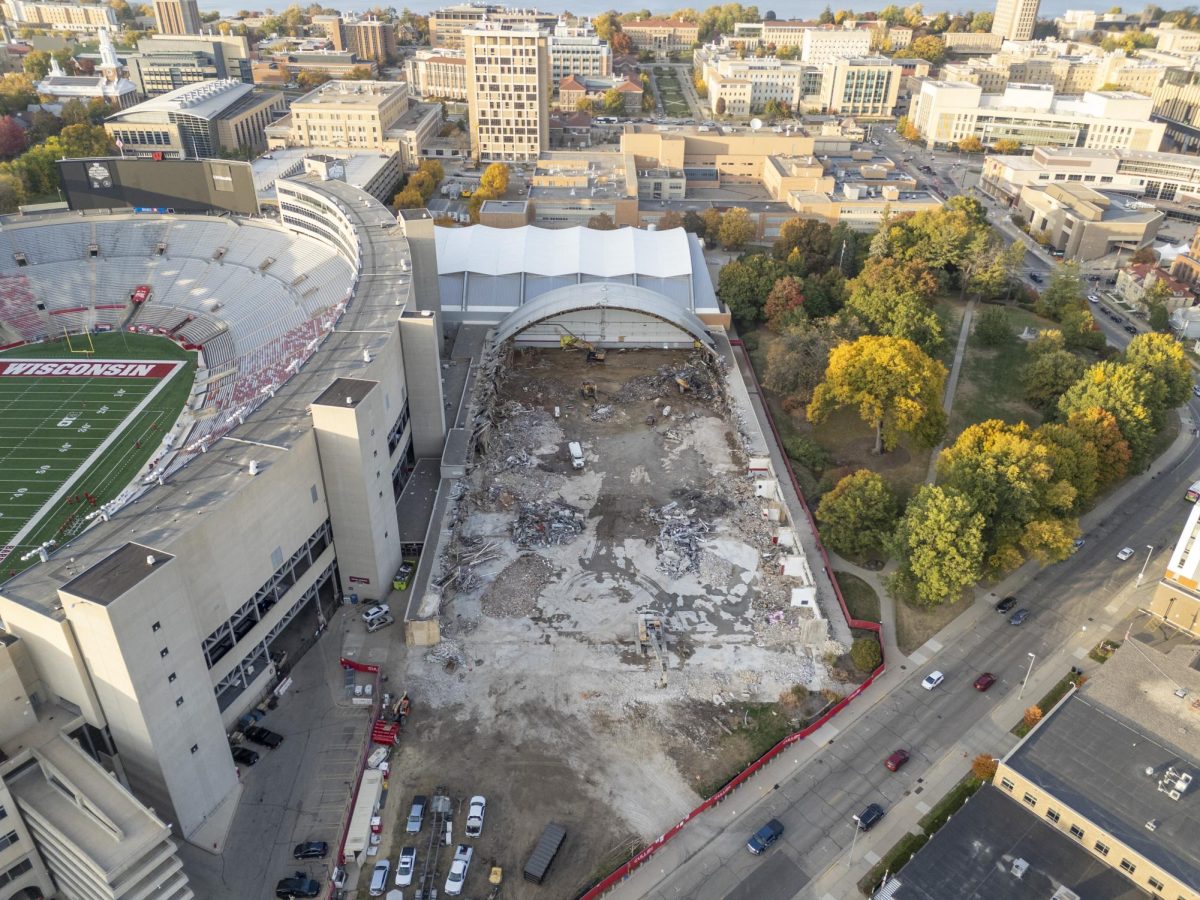Space has long been considered the final frontier, but for 11 University of Wisconsin students, building a prototype for NASA could make the cosmos a launching point for their careers.
One of three teams selected, the students are charged with designing and building an inflatable loft for a structure NASA already created, UW senior Nathan Wong said. The loft will serve as living quarters for astronauts visiting other planets.
UW professor of engineering Frederick Elder said the prototype must contain several components.
The finished product is similar to a tent by how it is erected, but will be much more sophisticated, Elder said. The outer shell of the prototype will be soft, while still maintaining the internal pressure of the device.
Wong said the structure must also have the ability to retract itself, which is where the inflatable description comes in.
“The general idea is that while you’re shipping it, it can be deflated and have less volume than when it’s deployed,” Wong said.
The program is unique in that entrants in the competition need to fulfill requirements such as raising money, providing outreach about the program and NASA, while also completing the prototype in a classroom setting, Elder said.
So far the National Spacecraft Foundation has donated $48,000 to the team, while the UW Space Sciences program contributed $50,000, according to Wong.
Additionally, Elder said both the Mechanical Engineering and Engineering Physics departments donated with contributions of $10,000 and $2,500, respectively.
The students must complete the project as part of a class, Elder said, so they will design the prototype during the fall semester and construct a scale model in spring.
Participants on the team receive credit from UW, ranging from one to three credits, Wong added.
With the competition running from June 20-24, 2011, the biggest concern for Wong is running out of time.
“We really only have eight or nine months to design and build this entire thing,” he said. “We really have to work hard to get this done in time.”
If the team wins, their hard work will earn them the opportunity to integrate the prototype with the unit already completed by NASA, Wong said.
While NASA has yet to reveal the number of applicants, Wong said being selected provides the students and UW with a rare opportunity.
For students, actually building a full-scale prototype they designed will prove invaluable to them.
Where UW is concerned, Wong said the team’s selection demonstrates how respected the university’s engineering program is.
“People are going to look at us and respect the work we put out there,” he said. “We want the University of Wisconsin to have a really good name in the aerospace community.”
In addition, Elder said NASA incorporated long-term impacts for the chosen universities into the program, particularly focusing on senior design classes.
Specifically, Elder said the lessons learned through the competition will be carried through to future classes.
UW’s team will compete against teams from the University of Maryland and Oklahoma State University, Elder said. Wong said the contest will be held at Johnson Space Center in Houston.













